Our Happy Clients
Tech Support of Minnesota takes care all my business information technology. I don't have to worry about my computers, networks or staff not working. Thanks team for taking care of us.
Predictive analytics can be used across enterprises to achieve a higher level of business success.

Predictive analytics are drastically altering the way that business is conducted. Organizations are using predictive analytics to make more insightful strategic decisions, measure human capital, and quantify growth decisions. In fact, when predictive analytics are incorporated into daily operations, businesses will be able to enhance their decision-making capabilities as they seek to achieve defined business goals in the most efficient manner possible.
How Can Predictive Analytics Be Leveraged Across Enterprises?
From optimizing processes to automating decisions, predictive analytics can be leveraged in a multitude of fashions.
- Analyzing Human Elements Starting With HR Departments. — According to a recent study conducted by Deloitte’s Human Capital Trends, 51 percent of enterprises have established a direct correlation between their business impact and HR programs. As a result, predictive analytics are being used by 44 percent of companies to gather and analyze workforce data. As time progresses, companies will continue to use predictive analytics to improve hiring processes that are based on analyzed data sets.
- Gathering Data Needed To Streamline Efficiencies. — Data is only as good as its quality; this means that companies must be careful to only use high quality and accurate data to make informed business decisions. Additionally, departments need to ensure that data sets are consistent across enterprises. In this vein, data should be checked for inconsistencies, duplications, inaccuracies, or incomplete information. Once the data has been scrubbed, it can be used to streamline enterprise efficiencies, such as make strategic marketing decisions regarding digital campaigns, SEO efforts, and other relevant factors.
- Reduce Employee Turnover. — Did you know that predictive analytics can be used to reduce employee turnover rates? That’s right, through applied predictive analytics, HR departments can more efficiently sift through exit interview data, compensation, performance, and engagement data to more readily understand why an employee quit (or was fired). The latter data can then be leveraged during the hiring process to ensure that the right types of employees are hired in the future. In short, predictive analytics can save a company money, while simultaneously reducing the costs associated with high turnovers.
- Enhance The Customer Experience. — Predictive analytics can be used to significantly improve the end user’s and customer’s experience. From marketing to finance, insurance to retail, healthcare to tourism, there is a multitude of industries that can use predictive analytics to improve customer interactions. For example, Netflix uses predictive analytics to learn what movies customers enjoy before suggesting new entertainment suggestions. Another prime example is Amazon. Amazon uses the data from predictive analytics to determine what a customer will buy so that they can provide “anticipatory shipping,” which streamlines the delivery process by sending packages to a relevant geographic region before the client actually finishes their purchase.
- Improve Marketing Efforts. — Marketing efforts can be enhanced thanks to predictive analytics. As a decision-making tool, predictive analytics can be leveraged to help influence manufacturing optimization, new product development, and the number of up-selling opportunities. It provides the insights needed to transform copious amounts of data into powerful knowledge, which can be used to determine events before they happen, simulates potential “what-if” scenarios, reduces risks, and determine the best course of action in real time. Armed with these types of powerful insights, enterprises can redefine marketing efforts to properly align with business objectives and goals.
What Are The Business Advantages Of Predictive Analytics?
It is no secret that we live in a world where data is readily available. Unfortunately, organizing this information into digestible bits that can then be transformed into high-quality insights is a task that is a challenge for many enterprises. Fortunately, predictive analytics can and should be used to overcome hurdles by making smart business decisions. In fact, predictive analytics can help companies achieve the following business advantages:
- More Intelligent detection of possible risks associated with business decisions, technology solutions, or customer interactions.
- Prioritize workloads to optimize employee productivity.
- Monitor progress and track the achievement of established SLAs and KPIs.
- Detect patterns, initiate actions, and monitor results in real-time.
- Aggregate and correlate information that is needed to make smarter business decisions.
- Optimize processes and performance of technology, as well as employees, across departments.
- Gather identity and relationship insights that can be used to effectively enhance the end user or customer experience to result in a higher ROI.
- Monitor potential security threats, reduce risks and identify suspicious trends before a loss can occur.
- Achieve an environment that is based on improved collaboration and control.
- Encourage logic based decisions that result in both short term and long term gains.
The moral of the story is clear, predictive analytics can and should be used to achieve a wide variety of business advantages. From monitoring risk to make smarter marketing decisions, predictive analytics can help enterprises deliver superior customer experiences, while simultaneously creating an environment for increased sales and stronger business relationships. To learn more about using predictive analytics to your business advantage, contact Tech Support of Minnesota located in Twin Cities South Metro area via [email protected] or (952) 758--7272.
